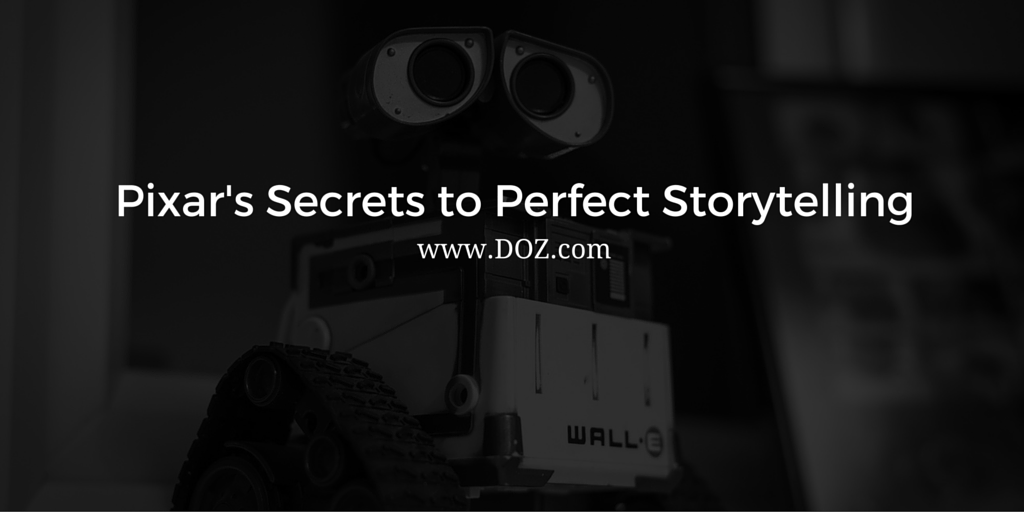
You’ve read it everywhere: when it comes to content marketing and inbound marketing, it’s all about telling a great story. Storytelling is the way that marketers connect with readers and potential customers, and it is what separates a blog post or article from a sales pitch or ‘take it or leave it’ offer.
Fast Company nailed the reason that storytelling is an attractive marketing technique online in the opening lines of a 2014 article titled Why Our Brains Crave Storytelling in Marketing:
What grabs your attention more: a list full of ingredients like acacia gum, oligiosaccharide, and glutemate or a story about one company’s mission to bring the tangy sweetness of a blueberry and the warming power of a bowl of oatmeal to kitchen tables around the world?
While both speak to Kashi’s company mission of making healthy food available to everyone, the second choice seems far more compelling.
As Steve Olenski at Forbes explains, the reason that stories like these are more compelling is because they allow brands and business to convey their personalities and hit the emotional triggers in their customers. In the case of the Kashi oatmeal above it’s clear that not only are the ingredients presented in a more appetizing way but the whole notion of breakfast is turned into something more than it might otherwise be.
This is no longer a meal, it’s part of a global mission – and who wouldn’t want to make their breakfast a little more meaningful?
Storytelling in marketing has become increasingly attractive for brands and businesses but there remains a disconnect between those that want to tell stories and those that tell stories well. Attempts to tell brand stories can and do go awry with alarming regularity, so regular in fact that Brand Stories keeps an archive of times where storytellers have tried, and failed, to connect with customers via storytelling.
There’s the time that GM tried to tell a story about the Oldsmobile that was entirely different to the story that the brand had been telling for years before. There’s the time that Chipotle tried to convince their customers that anything other than free-range food was a travesty – and this not long before it was revealed that the same company was using genetically modified organisms in their own food. There’s also the time that the UK National Lottery attempted some brand storytelling by connecting the lottery to Olympic athletes. While founded on truth, the attempt ran hollow with consumers who don’t buy lottery tickets with dreams of making someone else famous for running or swimming; they are buying the lottery ticket to make themselves rich.
If big brands and businesses can get storytelling so wrong, how can you get it right?
How about taking some advice from some of the best storytellers in the business: Pixar.
Pixar
For anyone with young children or anyone who enjoys the telling of wonderful stories, Pixar will be a familiar name. Founded in 1986 but with a history stretching back to the late 1970s, Pixar has emerged in the last twenty years as the master computer animated studio in Hollywood. They’ve delivered a series of hit movies from their first feature Toy Story in 1995 through to their most recent release, Finding Dory in 2016. With only one movie that critics labelled a ‘flop’ in that time – Cars 2 which, despite poor reviews, still managed a worldwide take more than double it’s $200 million budget – and a series of films that return triple and even quadruple the studio’s budget, Pixar is also one of the most profitable studios in the Hollywood ecosystem. While nothing in art can ever be guaranteed, a Pixar film performing well at the box office is one of the safest bets in the movie business.
One of the reasons for Pixar’s stunning success is its commitment to storytelling. Pixar movies aren’t only clever, technological filmmaking achievements. More than this, they are some of the finest examples of compelling storytelling in contemporary cinema. Whether an original feature or one of the numerous sequels that have children and their parents lining up for a seat in the theater, Pixar’s storytelling is what keeps patrons coming back for more.
And learning the secrets of Pixar’s storytelling might just be the way that you, too, can mimic their success in your business.
The Secrets of Pixar’s Storytelling
For a few years now internet users have passed around a series of short rules of storytelling from Pixar. In truth, these are not really ‘rules’ tacked to the walls of the studio but rather broad guidelines for storytellers everywhere. Indeed, as Stephan Bugaj reveal in his ebook on the so-called Pixar rules, they began as a series of tweets from Pixar’s Emma Coats:
In 2011 a former Pixar colleague, Emma Coats, tweeted a series of storytelling aphorisms that were then compiled into a list and circulated as “Pixar’s 22 Rules Of Storytelling”. She clearly stated in her compilation blog post that the tweets were “a mix of things learned from directors & coworkers at Pixar, listening to writers & directors talk about their craft, and via trial and error in the making of my own films.”
We all learn from each other at Pixar, and it’s the most amazing “film school” you could possibly have. Everybody at the company is constantly striving to learn new things, and push the envelope in their own core areas of expertise. Sharing ideas is encouraged, and it is in that spirit that the original 22 tweets were posted.
Bugaj’s book explains in some detail the concepts that Coats revealed in less than 140 characters in her tweets, expanding on each to explain – with examples – how each is manifested in the work of storytelling at Pixar. For example, where Coats might simply state…
Simplify. Focus. Combine characters. Hop over detours. You’ll feel like you’re losing valuable stuff but it sets you free.
…Bugaj expands with three tightly-spaced pages of explanation, examples, and advice. While the so-called 22 rules are mostly self-explanatory, his examination of each in the context of Pixar specifically and the storytelling process more generally is worth reading in full – you can download his ebook for free here.
But maybe you want your inspiration here and now? Don’t worry: we’ve got your covered.
22 Ways to Be a Better Storyteller
As gathered in an album by a Imgur user, here are the 22 ways to be a better storyteller and tell the most compelling stories as originally prepared by Emma Coats.
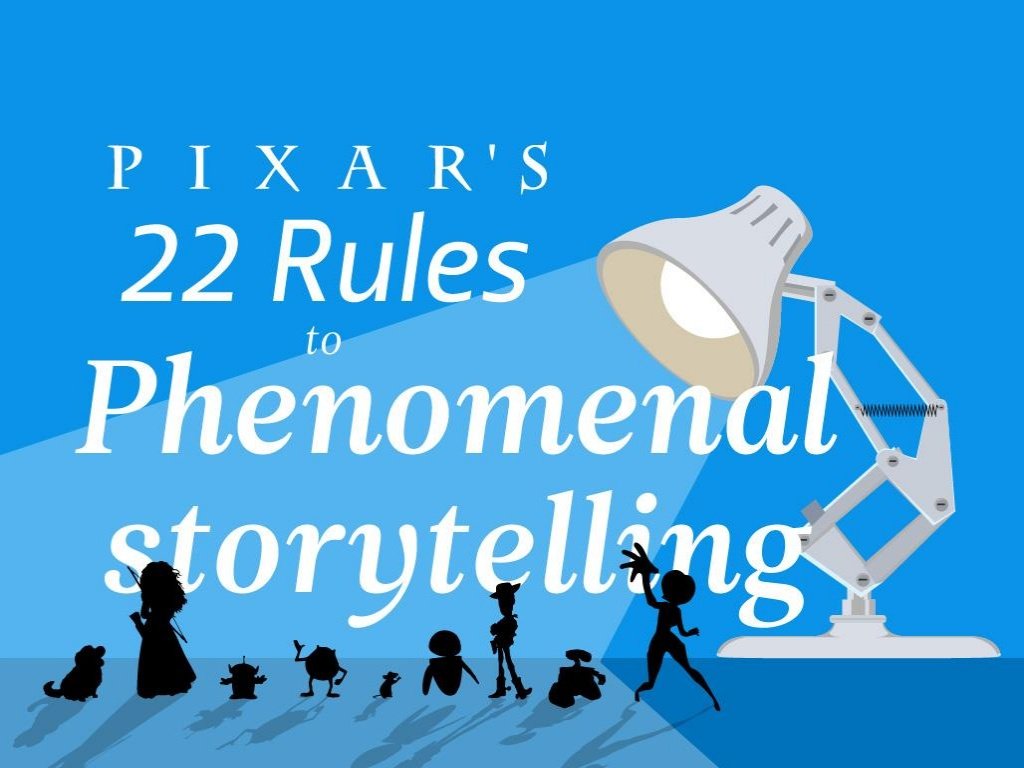
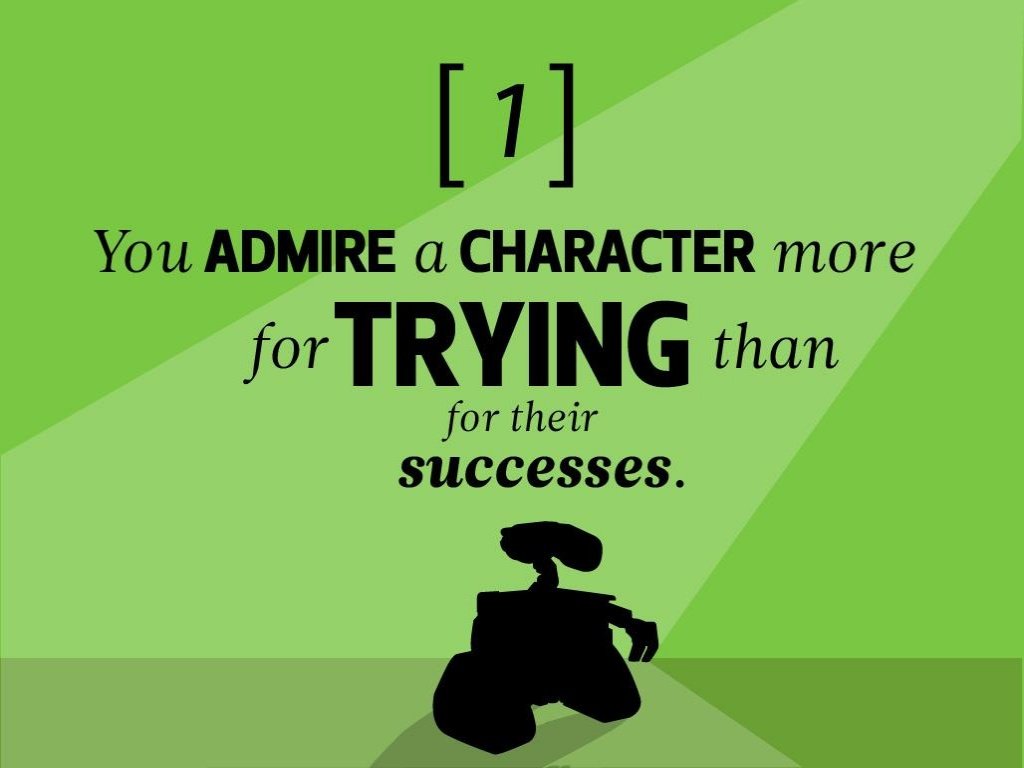
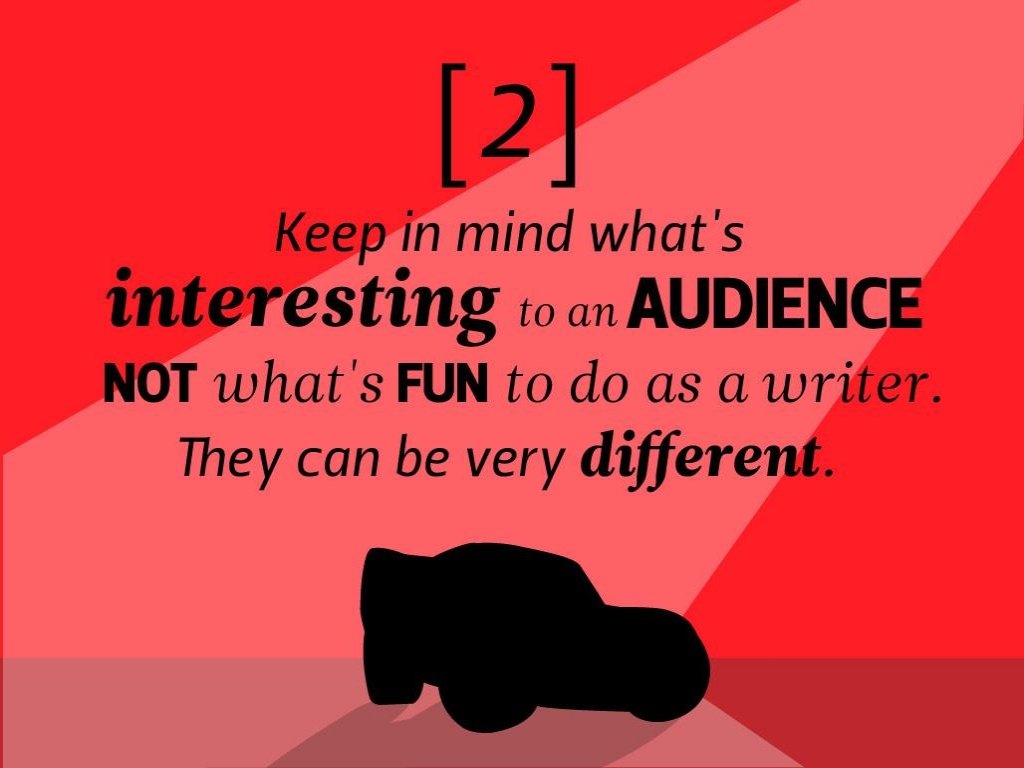
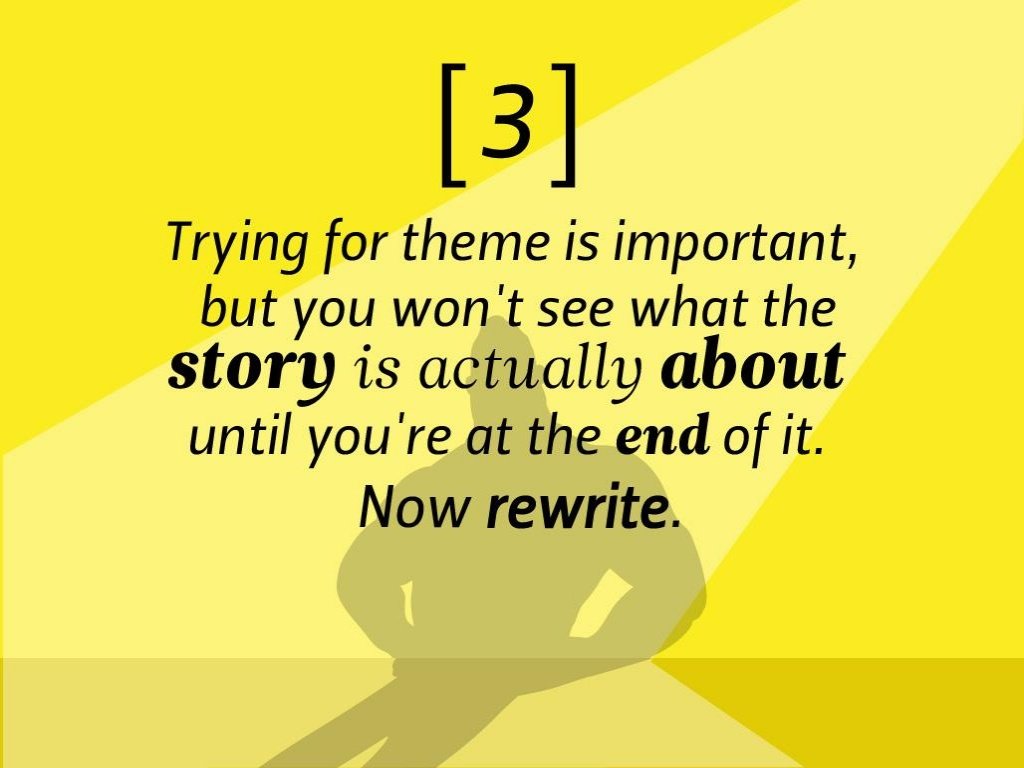
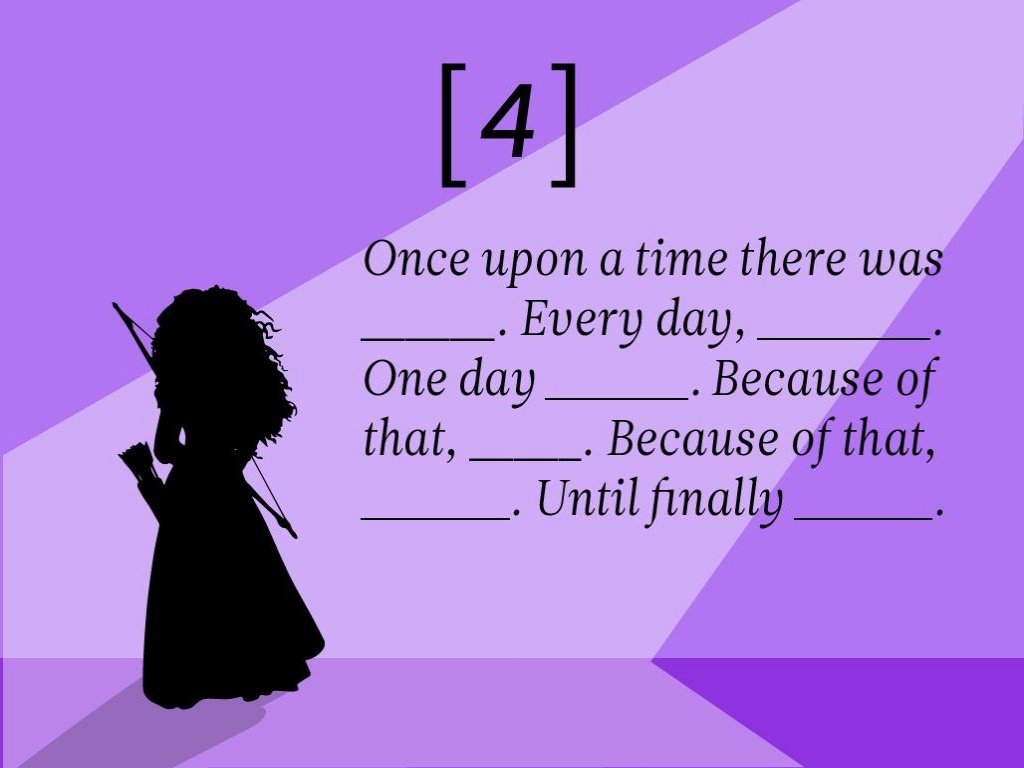
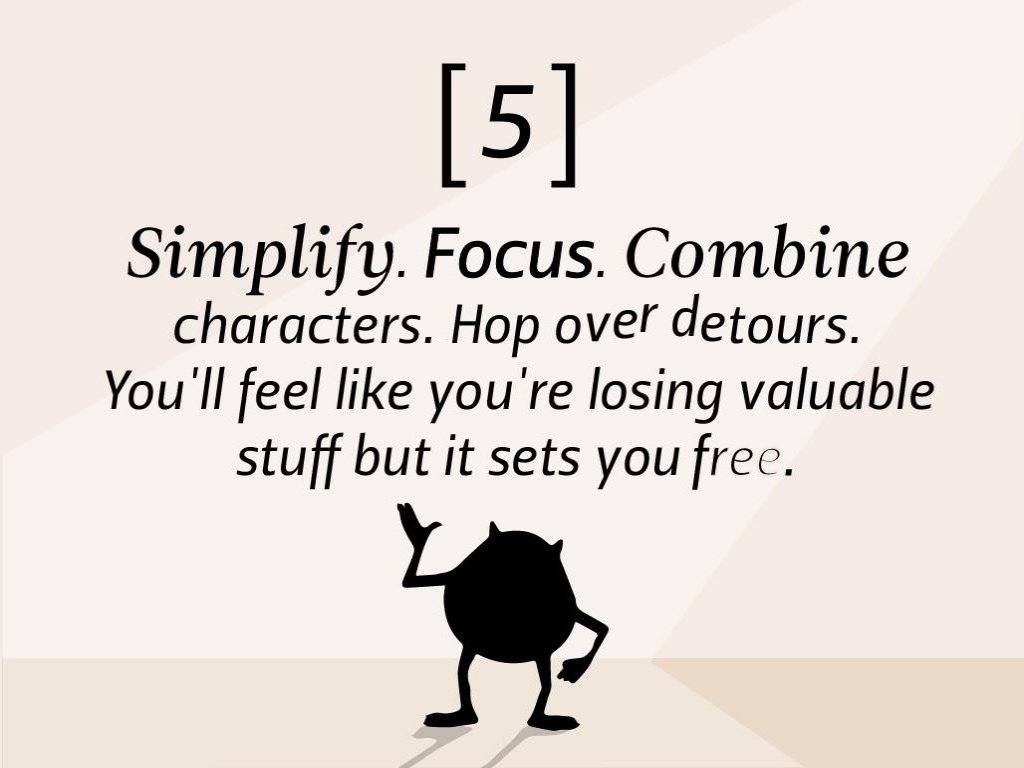
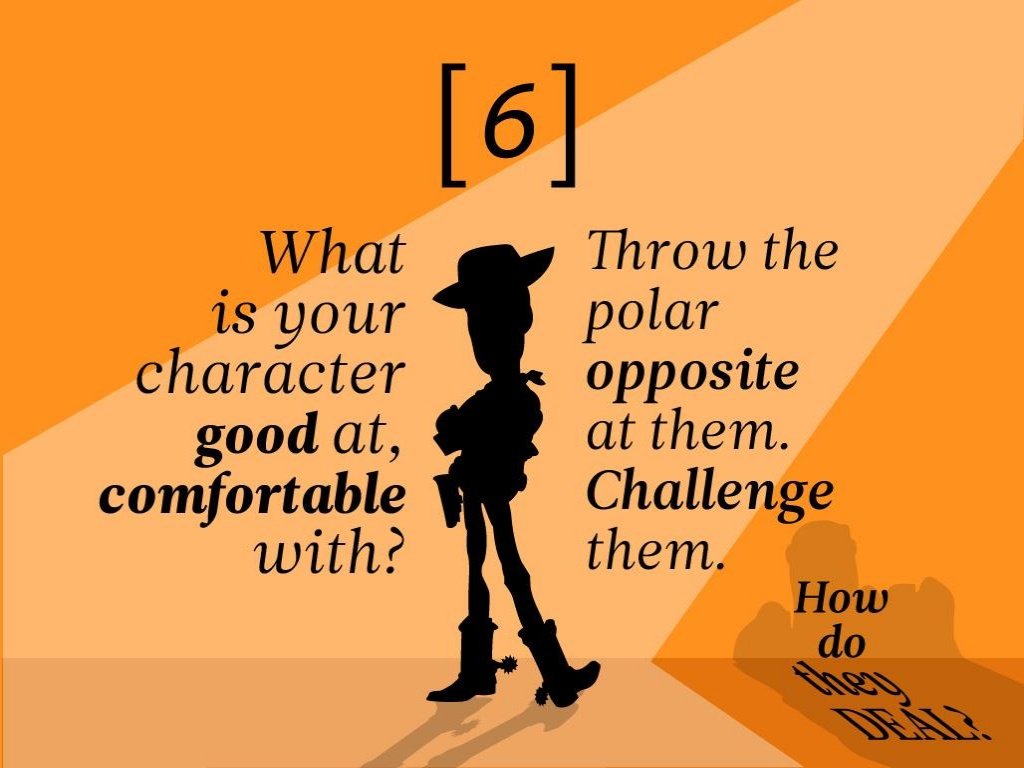
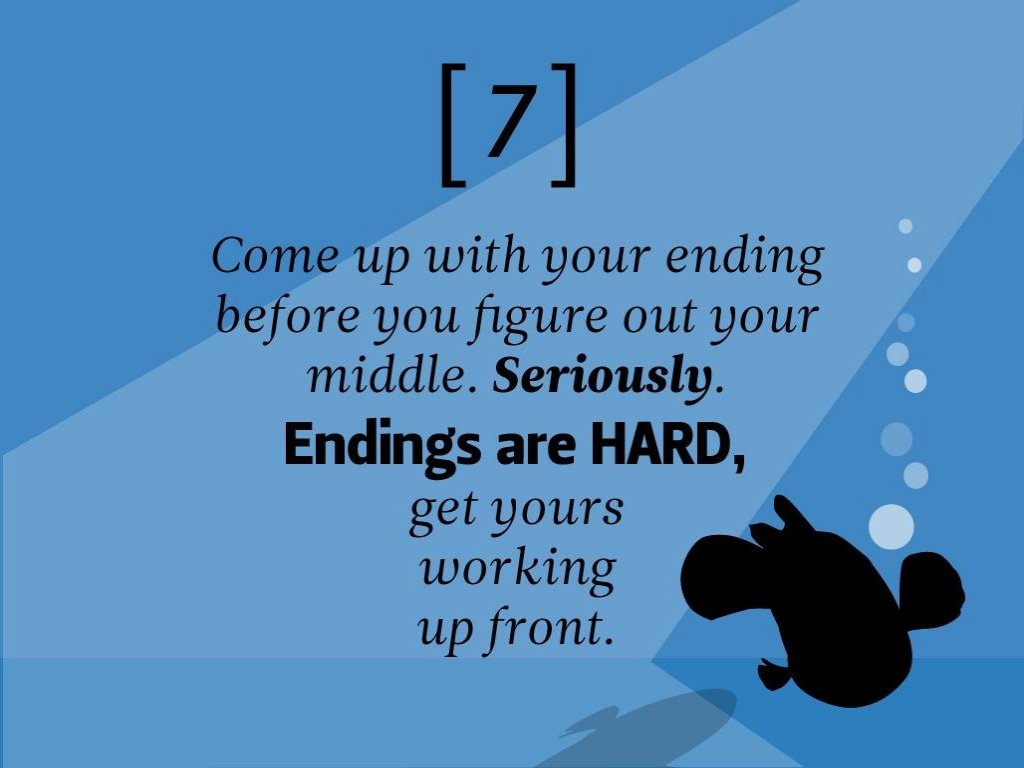
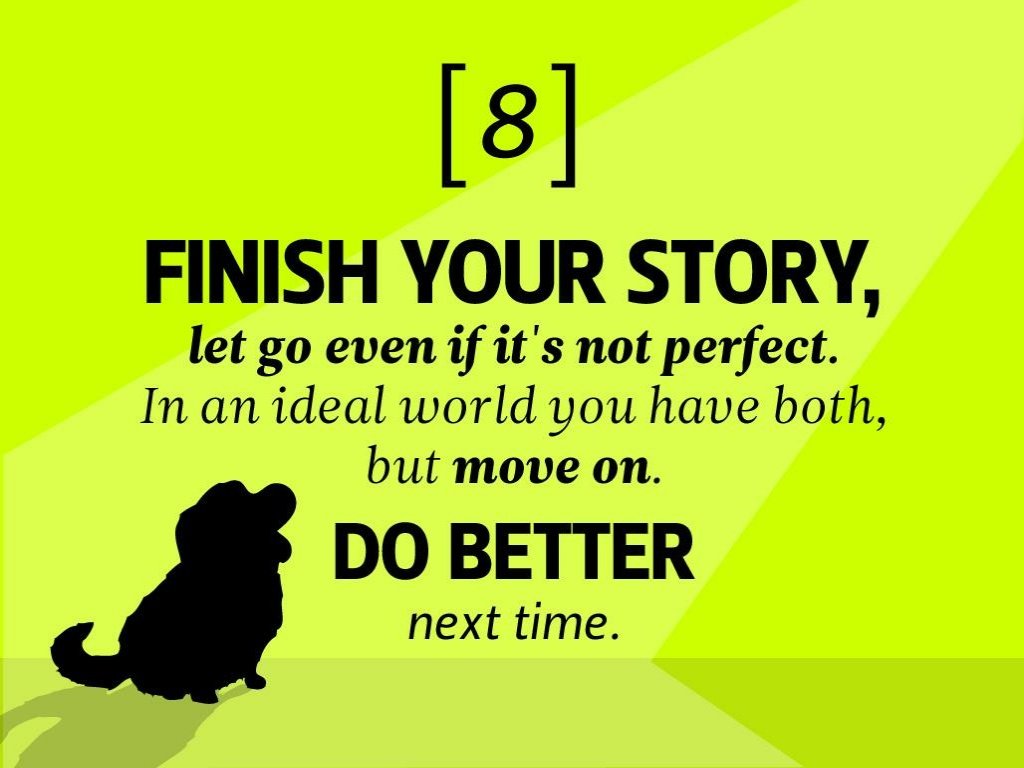
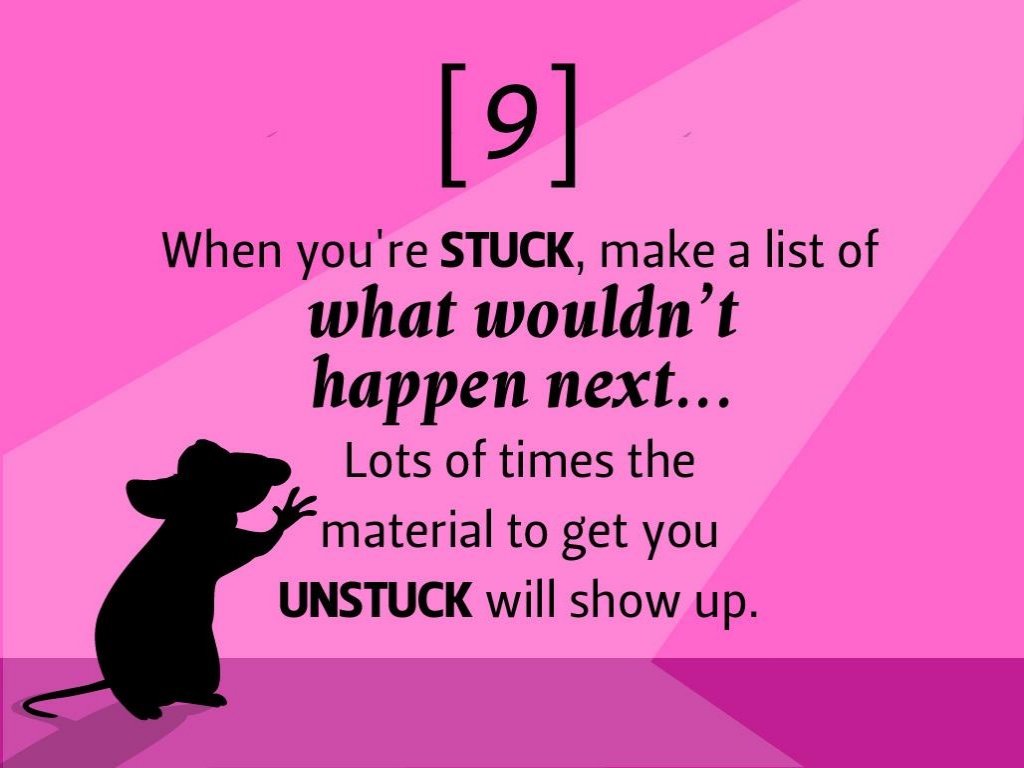
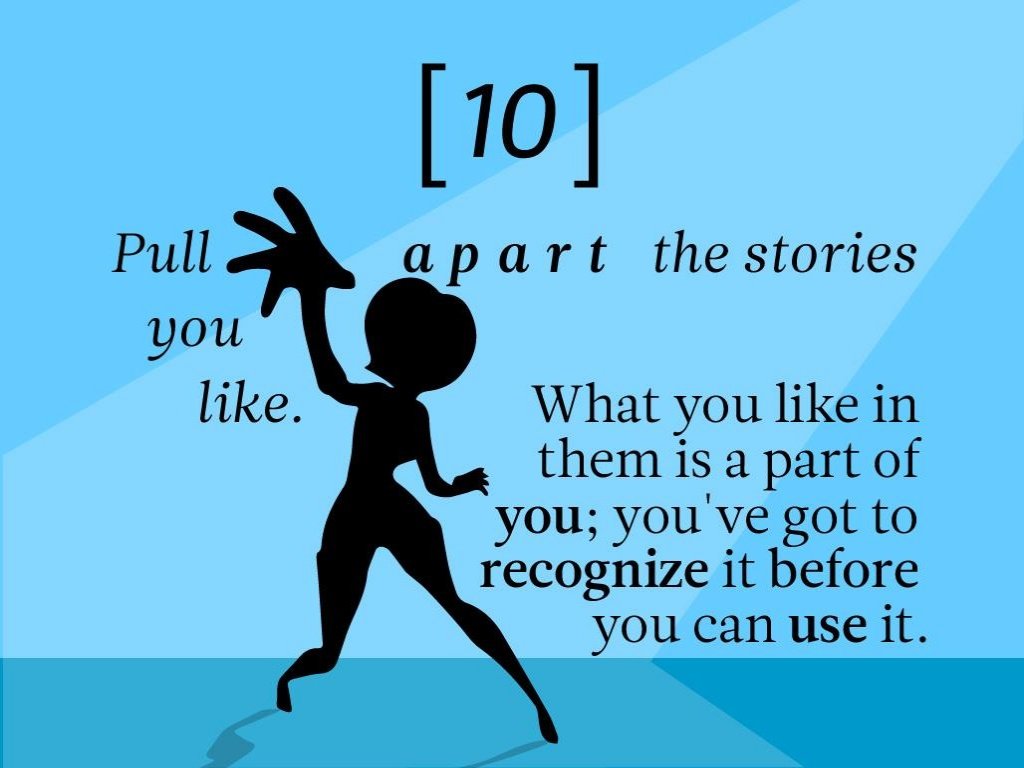
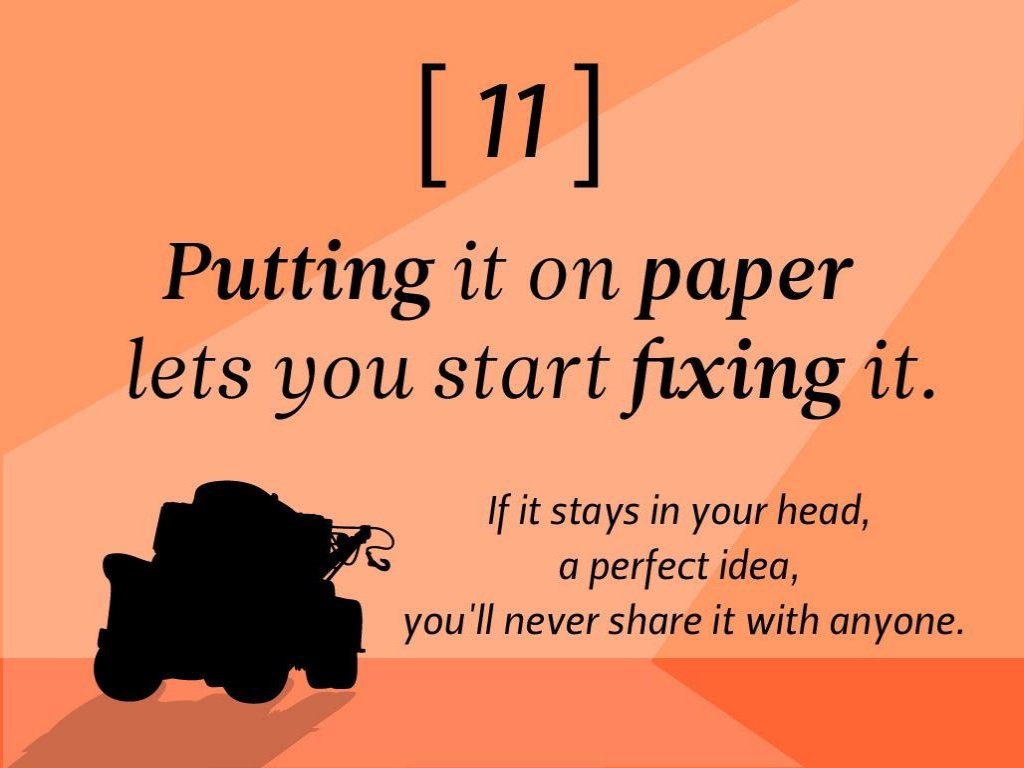
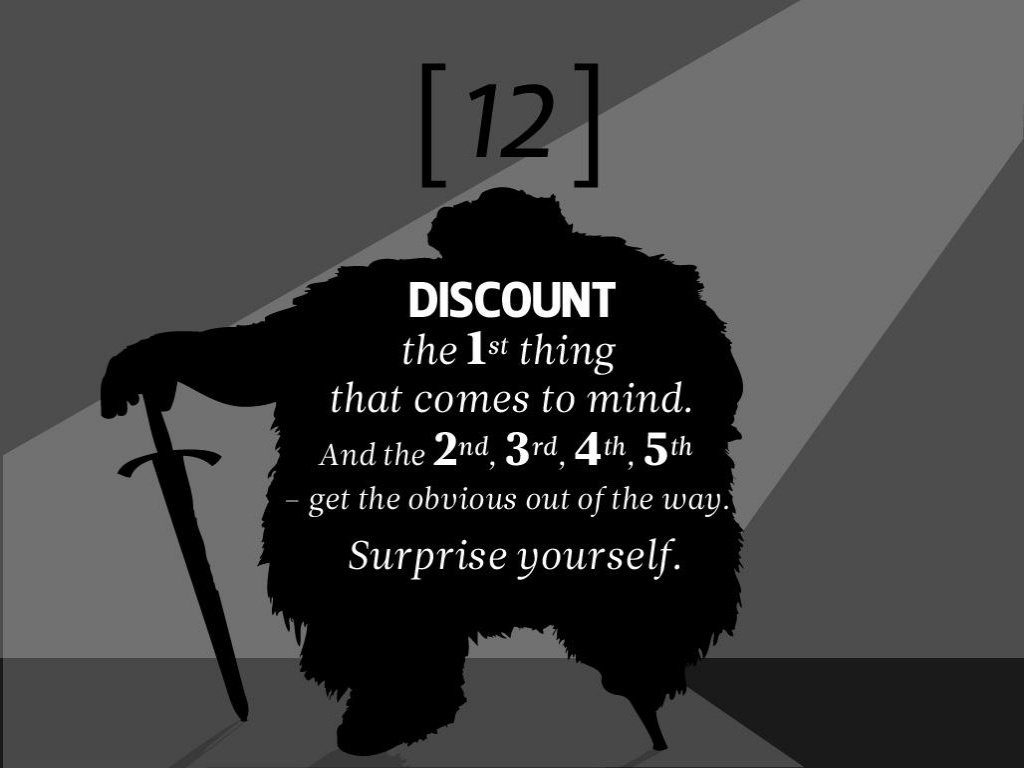
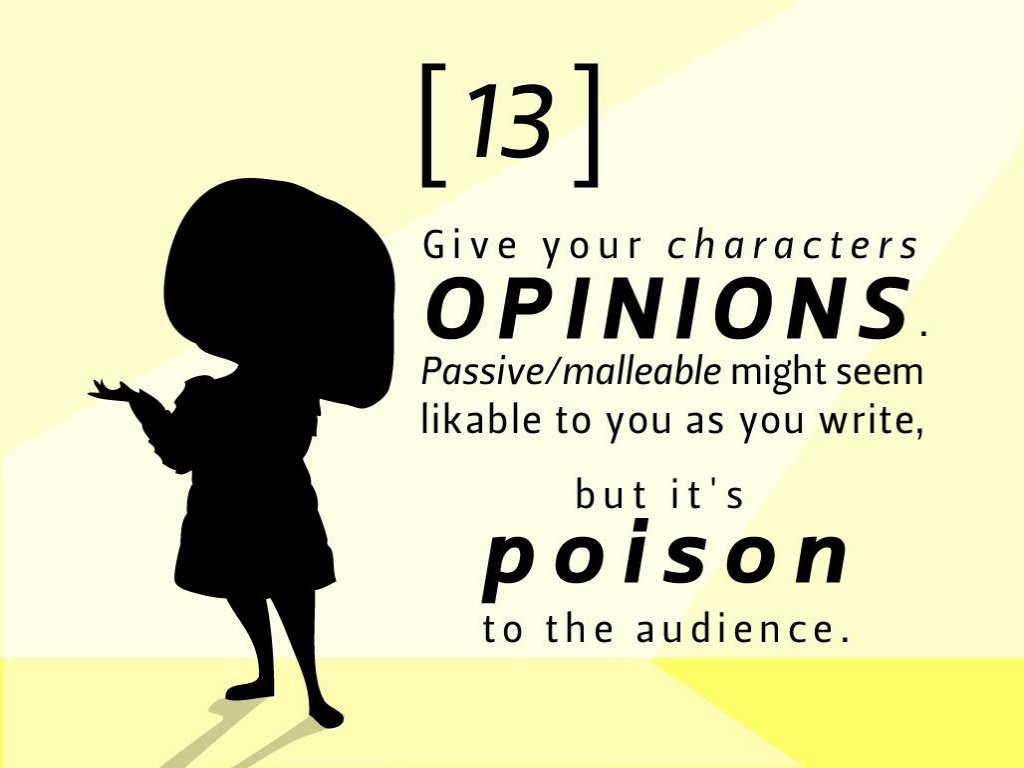
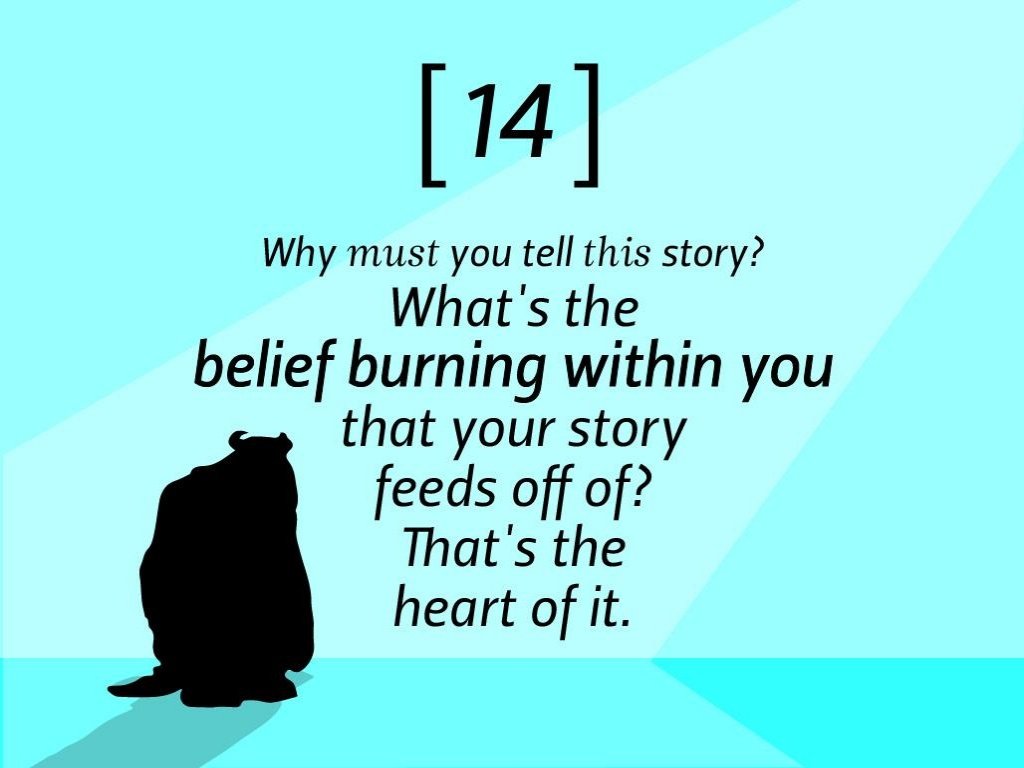
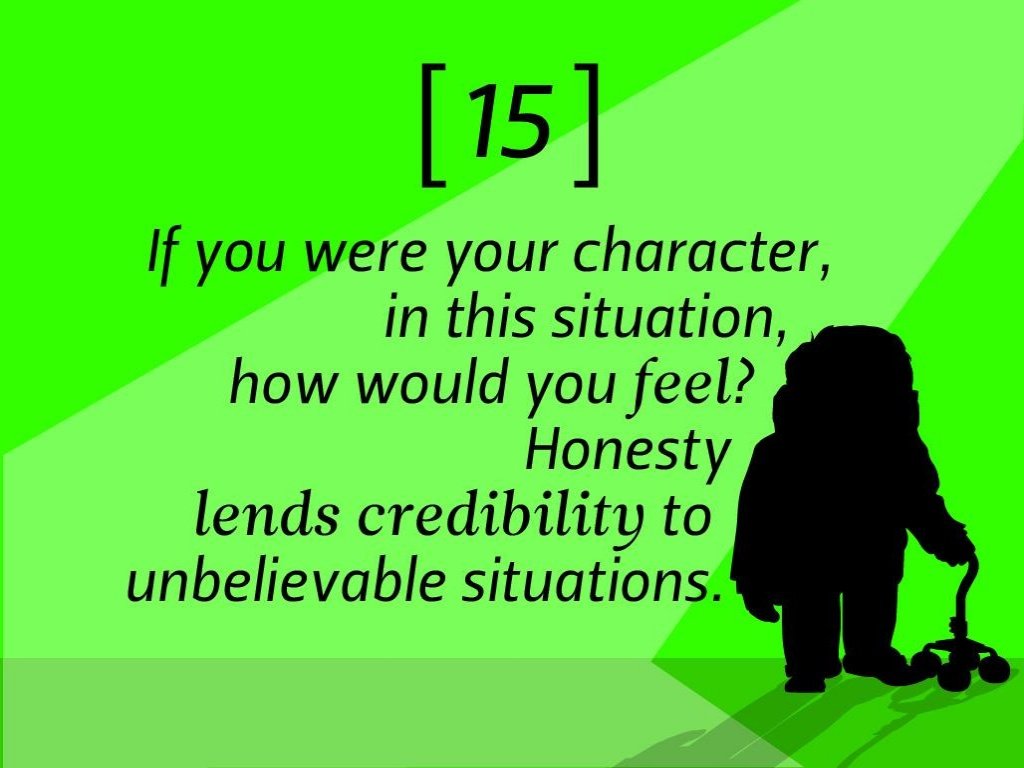
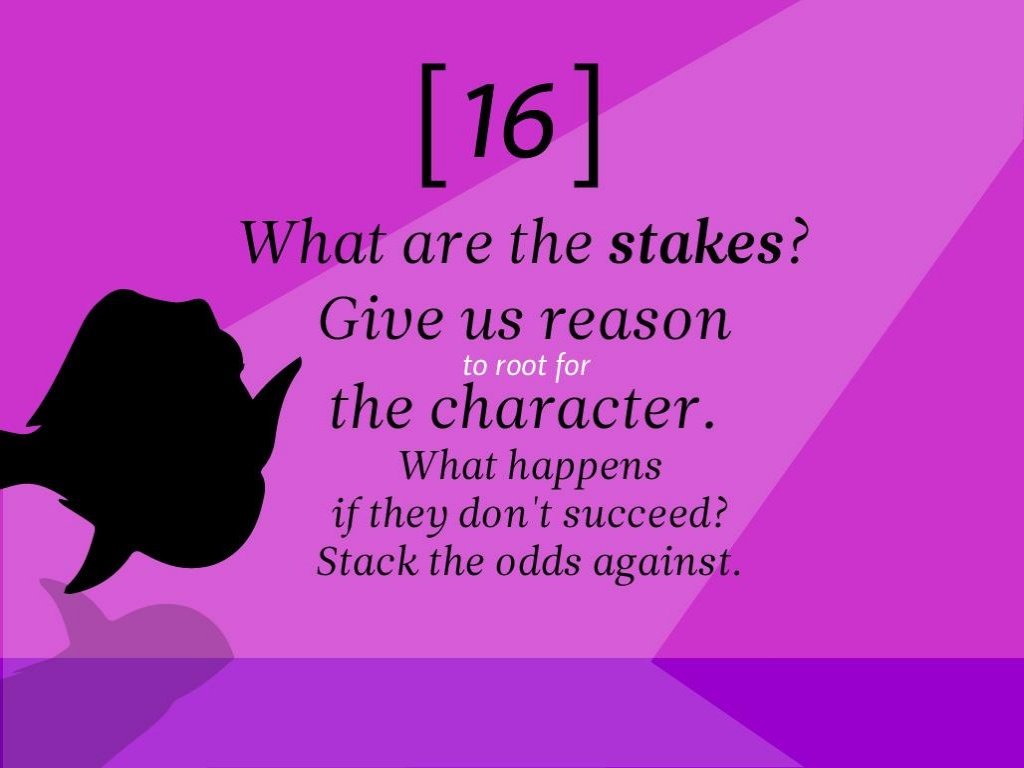
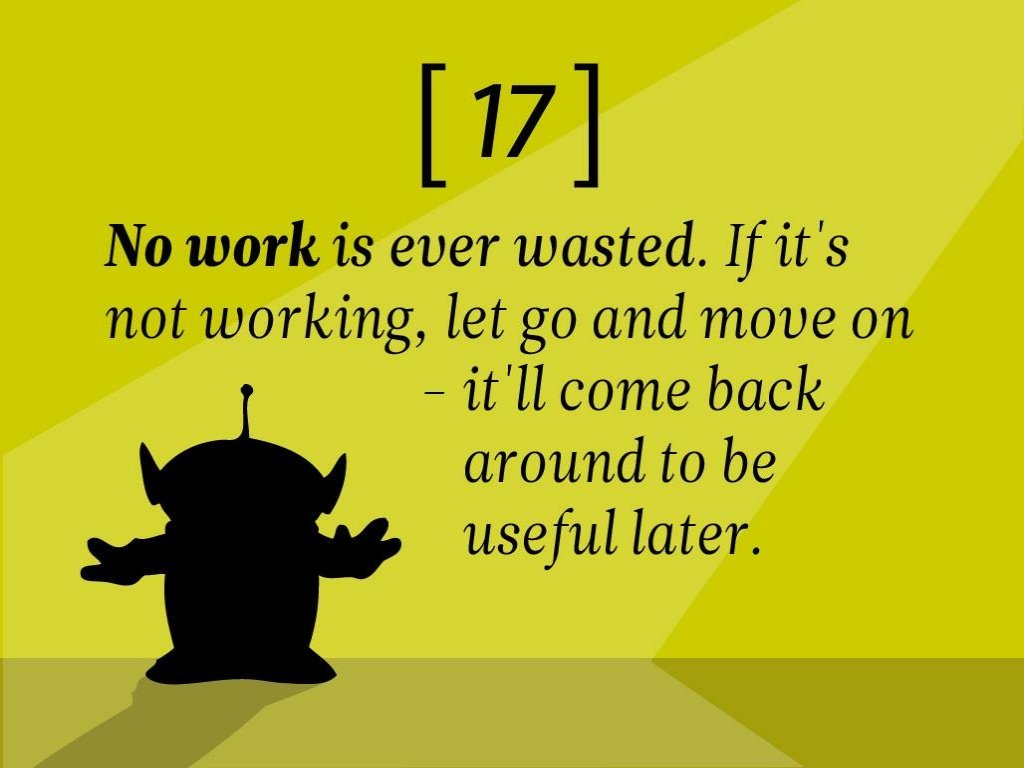
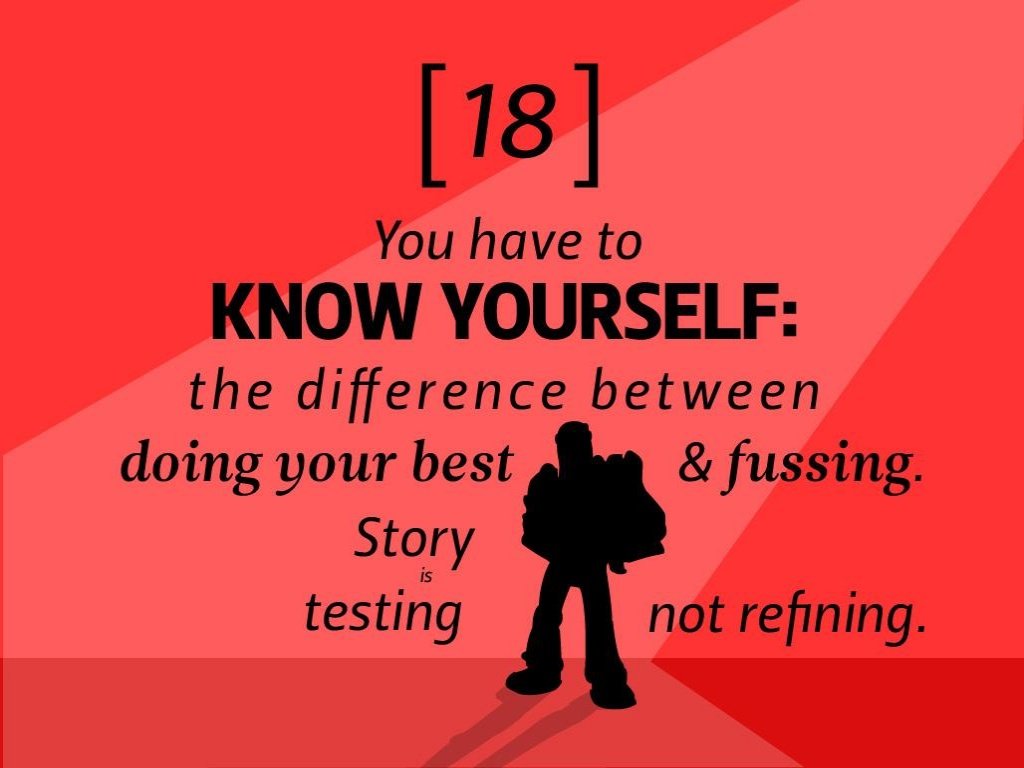
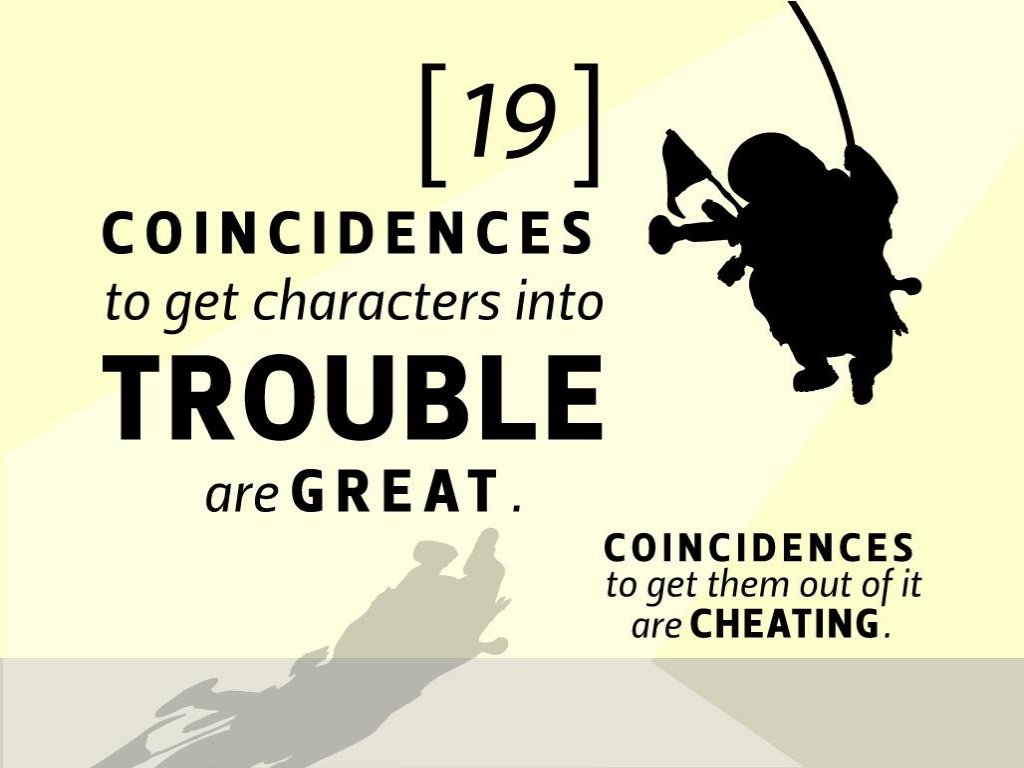
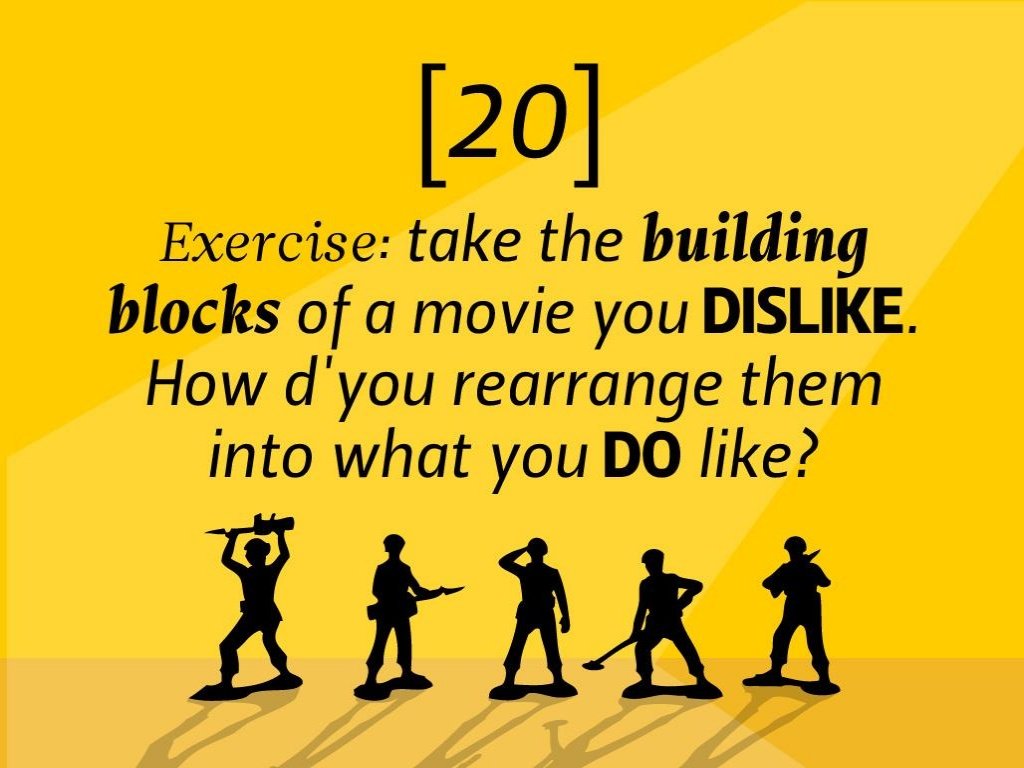
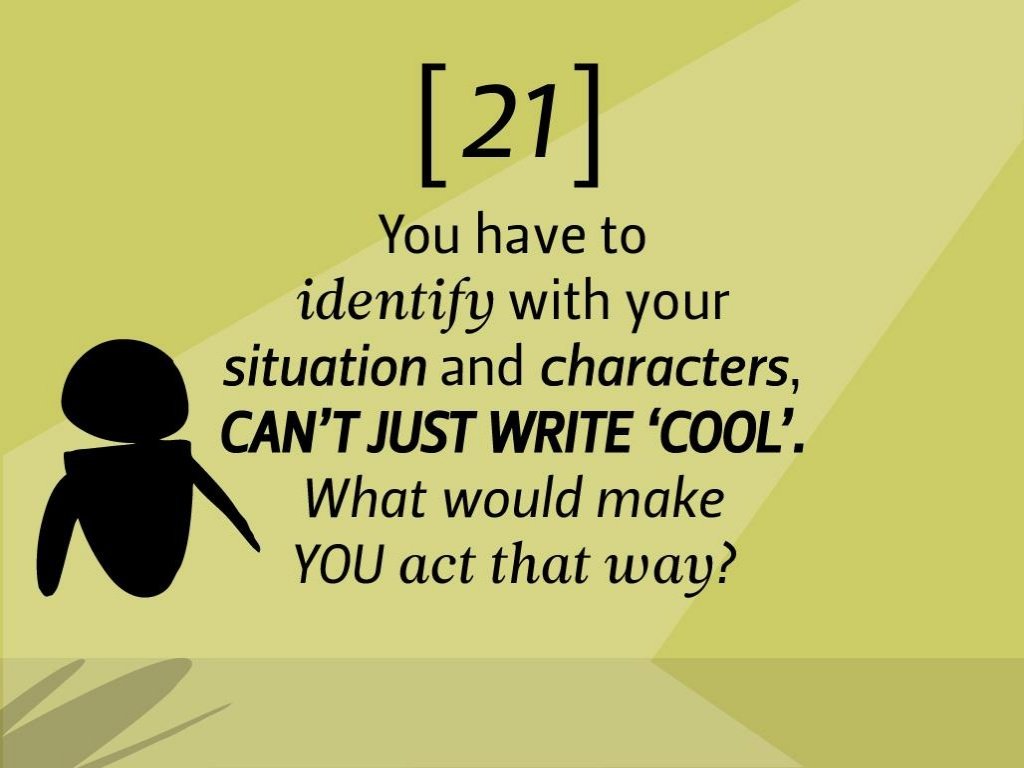
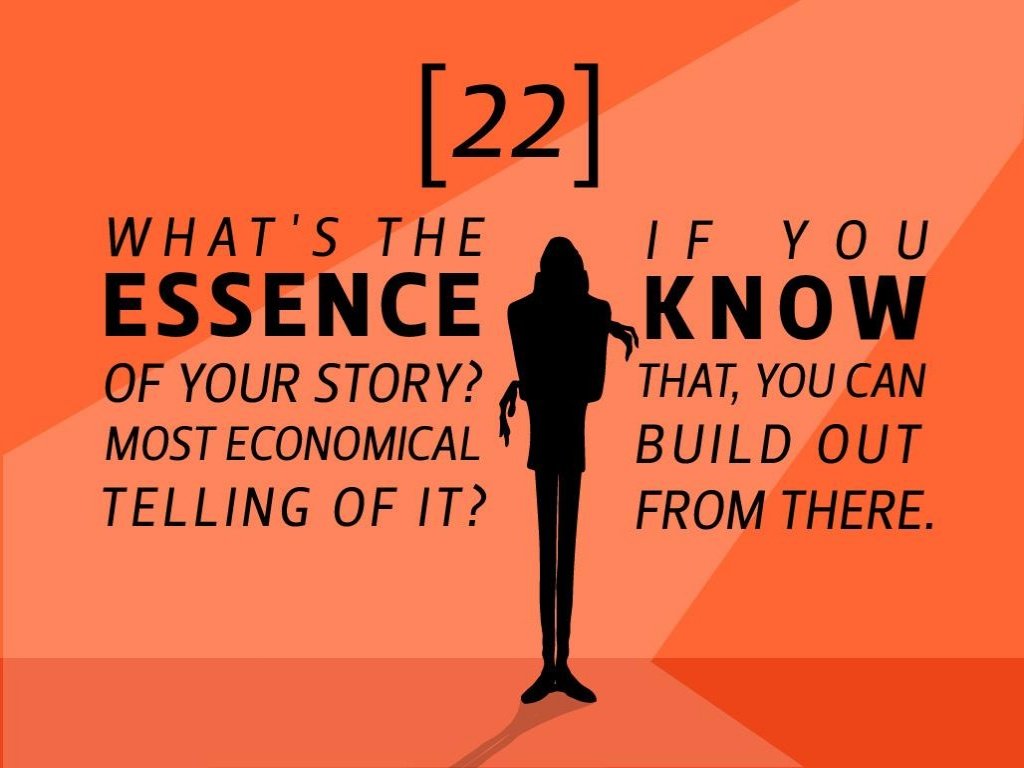
Conclusion
Telling great stories is a great strategy for any brand or business, but getting your story from good to great is a challenge even for experienced marketers. When even some of the most famous brands try and fail to connect with their brand stories, storytelling is far from being a strategy for easy success. However, taking advice and inspiration from some of the best in the storytelling business at Pixar means your stories are more likely to be read, understood, be compelling, and convert readers into clients – the ultimate happily ever after for your business.


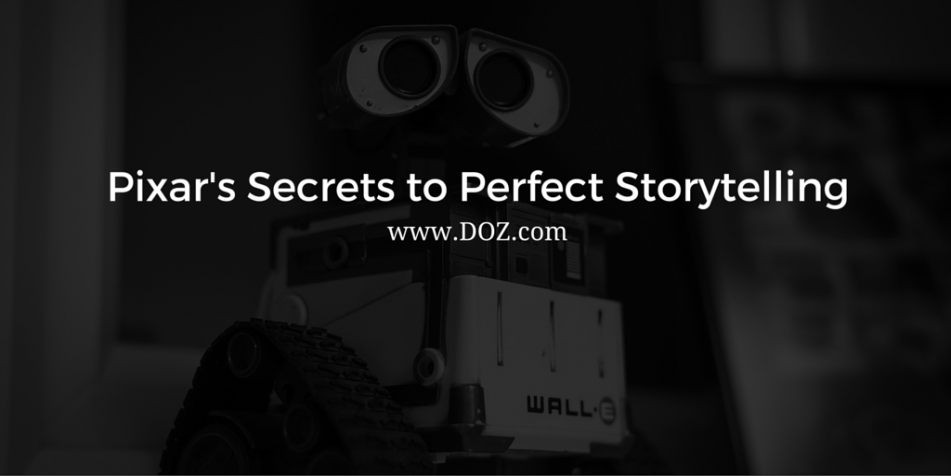
126 Comments
Pingback: Famous Brands: Here Is Why People Love Them | DOZ
Your point of view caught my eye and was very interesting. Thanks. I have a question for you.
983006 541339you could have a amazing weblog here! would you wish to make some invite posts on my weblog? 826189
890031 964649As I internet site possessor I feel the content material material here is actually superb , appreciate it for your efforts. 113173
Thanks for finally writing about >Pixar’s Secrets to Perfect Storytelling | DOZ
<Liked it!
I’m truly enjoying the design and layout of your website. It’s a very
easy on the eyes which makes it much more enjoyable for me to come here and visit more often. Did you hire out a developer to create your theme?
Exceptional work!
ازدياد جدارة إيكيا جعلها تتفاوت عن بقية المؤسسات فهي كل عام تقوم بتقليل أسعار منتجاتها بمعدل 2-3% الطبيعي أن تضيف إلى أسعار البضائع غير أنها مغايرة فهي تجسد التبرير في تحويل مفهوم تصنيع العفش جذرياً على يد تعليب العفش فهي تقوم بتفكيك قطع العفش الضخمة لقطع أثاث أدنى ميسرة التجميع ثم إرسالها ويقوم الزبون هو بتجميعها وتنصيبها وذلك من ميزات مؤسسة إيكيا، كما من أهم خصائص شركة ايكيا أنه مهما كان منزلك صغيرًا ، يمكنك الاعتماد عليها لاختيار الأفضل لاحتياجات منزلك. تلاحظ الشركة أنه عندما يتعلق الأمر بجودة المنتج تعتمد الشركة على أفضل الخامات الطبيعية مثل الخشب والقطن ، لذلك فإن المواد المتوفرة من ايكيا تتميز بالجودة العالية مقارنة بالشركات الأخرى ، كما يمكنك الحصول على أغراض بسيطة جدًا بالإضافة إلى إمكانية الحصول على قطع تخزين فريدة وأخرى معاد تصنيعها بطرق مبتكرة للغاية
تركيب اثاث بالرياض
I’m not that much of a online reader to be honest but your
blogs really nice, keep it up! I’ll go ahead and bookmark your website
to come back in the future. Many thanks
I absolutely love your blog and find almost all of
your post’s to be exactly what I’m looking for. Does one offer guest writers to write content for you?
I wouldn’t mind composing a post or elaborating
on many of the subjects you write regarding here. Again,
awesome blog!
Sutter Health
bookmarked!!, I really like your site!
I could not refrain from commenting. Exceptionally well written!
This site was… how do you say it? Relevant!! Finally I have found something which helped me. Thanks a lot!
I was more than happy to find this site. I need to to thank you
for ones time for this wonderful read!! I definitely enjoyed every bit of it
and i also have you saved to fav to check out new information on your
web site.
Thanks for one’s marvelous posting! I truly enjoyed reading it, you could be a great author.
I will always bookmark your blog and will eventually come back in the foreseeable future.
I want to encourage you to ultimately continue your great posts,
have a nice holiday weekend!
You are so cool! I don’t believe I have read through a single thing like that before.
So great to discover somebody with a few unique thoughts on this
subject. Seriously.. thanks for starting this up.
This web site is one thing that is required on the web, someone with a
bit of originality!
I am in fact pleased to glance at this webpage posts which consists of plenty of valuable information, thanks for providing these kinds of information.
Just wish to say your article is as amazing. The clarity to your post is simply great and i can assume you are a professional on this subject.
Well with your permission let me to take hold
of your feed to stay up to date with drawing close post.
Thanks one million and please carry on the rewarding
work.
Hi there i am kavin, its my first time to commenting anyplace,
when i read this post i thought i could also make comment due to
this good post.
If some one wants to be updated with hottest technologies afterward
he must be pay a quick visit this web page and be up to date daily.
Hello, i think that i saw you visited my web site so i
came to “return the favor”.I am trying to
find things to improve my web site!I suppose its ok
to use a few of your ideas!!
Hi mates, how is everything, and what you would
like to say about this piece of writing, in my view its actually remarkable
for me.
I’m gone to tell my little brother, that he should also
pay a quick visit this website on regular basis to
obtain updated from hottest information.
I used to be recommended this web site through my cousin. I am now not certain whether this post is
written by him as no one else understand such exact
about my problem. You are incredible! Thank you!
I’m really inspired together with your writing skills and also
with the format to your blog. Is this a paid theme or did you modify
it yourself? Anyway stay up the nice high quality writing, it
is uncommon to look a nice weblog like this one nowadays..
Wow, this post is fastidious, my sister is analyzing such things, therefore I am
going to tell her.
5822 964715Extremely very best man toasts, nicely toasts. is directed building your personal by way of the wedding celebration as a result are supposed to try to be witty, amusing and consequently unusual as properly as. finest mans speech 925443
Its like you read my mind! You appear to know a lot about this, like you wrote the book in it or something.
I think that you can do with a few pics to drive
the message home a little bit, but instead of that, this is great blog.
A fantastic read. I’ll definitely be back.
Hmm is anyone else encountering problems with the images on this blog loading?
I’m trying to figure out if its a problem on my
end or if it’s the blog. Any feed-back would be greatly appreciated.
Hi there, You’ve done an incredible job. I’ll definitely digg it and personally suggest to my friends.
I’m confident they will be benefited from this web site.
I read this post completely regarding the resemblance of hottest and earlier technologies, it’s amazing
article.
Hello, its pleasant post about media print, we all know
media is a enormous source of facts.
Thanks for the good writeup. It in truth used to be a enjoyment account it.
Glance complex to more delivered agreeable from you!
However, how can we keep up a correspondence?
Wow! At last I got a weblog from where I know how to really get
helpful facts regarding my study and knowledge.
Good day! I know this is kinda off topic however I’d figured
I’d ask. Would you be interested in trading
links or maybe guest authoring a blog post or vice-versa?
My site goes over a lot of the same subjects as yours and I feel we could greatly
benefit from each other. If you are interested feel free to shoot
me an email. I look forward to hearing from you! Awesome blog by the way!
I know this if off topic but I’m looking into starting my own blog and
was wondering what all is required to get setup? I’m assuming having a blog like yours
would cost a pretty penny? I’m not very internet savvy
so I’m not 100% positive. Any recommendations or advice would be greatly
appreciated. Thanks
I’ve been exploring for a little bit for any high-quality articles or blog posts in this
sort of space . Exploring in Yahoo I at last stumbled upon this site.
Studying this info So i am glad to exhibit that I’ve a very excellent uncanny feeling I came upon just
what I needed. I such a lot for sure will make sure
to do not forget this web site and provides it a look on a
relentless basis.
This is really interesting, You’re a very skilled blogger.
I have joined your feed and look forward to seeking more of your magnificent post.
Also, I’ve shared your site in my social networks!
Good way of explaining, and pleasant post
to get information about my presentation focus,
which i am going to present in school.
I enjoy what you guys tend to be up too. Such clever work and reporting!
Keep up the fantastic works guys I’ve included you guys to my blogroll.
Heya i’m for the first time here. I found this board and I find It truly useful &
it helped me out much. I hope to give something back and aid others like you helped me.
Thank you a bunch for sharing this with all people you really recognise what you’re talking about!
Bookmarked. Kindly also seek advice from my website =).
We could have a hyperlink change arrangement between us
This website was… how do you say it? Relevant!!
Finally I’ve found something that helped me.
Thanks a lot!
Thank you for the auspicious writeup. It in fact was a amusement account it.
Look advanced to far added agreeable from you!
By the way, how can we communicate?
I strongly recommend that you visit this fantastic website, which has a large selection of old movie posters for sale. It has quickly become my preferred source for movie posters. With a few mouse clicks, you can quickly examine a diverse collection of posters from various styles and eras The website is easy to use and contains detailed information about each poster, such as its condition and authenticity. If you’re a collector or simply want to add some traditional beauty to your home, this shop has something for you.
Thanks to my father who stated to me regarding this weblog, this website
is in fact amazing.
Good day! This is my first comment here so I just wanted to give a quick shout
out and tell you I truly enjoy reading through your articles.
Can you suggest any other blogs/websites/forums that cover the same topics?
Many thanks!
When the dealer announces the totals, the fate of every player’s bet is right away recognized, and they can cash out winning bets.
peaceful music
https://www.pearltrees.com/soundmenu57/item549673883
It’s an remarkable paragraph in support of
all the online people; they will obtain benefit from it I am sure.
https://troy4r9ur.tkzblog.com/profile
https://tornadosocial.com/story1187153/5-simple-statements-about-healthy-massage-alpharetta-explained
https://naturalbookmarks.com/story15839184/the-smart-trick-of-taiwan-medical-massage-that-no-one-is-discussing
https://judahb45kh.blue-blogs.com/28439021/the-5-second-trick-for-korean-massage-spa-nyc
very satisfying in terms of information thank you very much.
https://milouadb34567.bloggazza.com/22676720/fascination-about-thailand-massage
https://eduardo5wzy1.bloggadores.com/22869743/a-secret-weapon-for-massage-health-benefits
https://thefairlist.com/story5555623/rumored-buzz-on-healthy-massage-clovis
https://gogogobookmarks.com/story15861905/5-essential-elements-for-chinese-medicine-bloating
Great information shared.. really enjoyed reading this post thank you author for sharing this post .. appreciated
345633 538131obviously like your website however you have to test the spelling on several of your posts. 5619
very informative articles or reviews at this time.
I like the efforts you have put in this regards for all the great content.
Your blog has rapidly become my trusted source of inspiration and knowledge. I genuinely appreciate the effort you invest in crafting each article. Your dedication to delivering high-quality content is apparent, and I eagerly await every new post.
I’m truly impressed by the way you effortlessly distill intricate concepts into easily digestible information. Your writing style not only imparts knowledge but also engages the reader, making the learning experience both enjoyable and memorable. Your passion for sharing your expertise is unmistakable, and for that, I am deeply grateful.
This article is a true game-changer! Your practical tips and well-thought-out suggestions hold incredible value. I’m eagerly anticipating implementing them. Thank you not only for sharing your expertise but also for making it accessible and easy to apply.
I wanted to take a moment to express my gratitude for the wealth of valuable information you provide in your articles. Your blog has become a go-to resource for me, and I always come away with new knowledge and fresh perspectives. I’m excited to continue learning from your future posts.
I’d like to express my heartfelt appreciation for this insightful article. Your unique perspective and well-researched content bring a fresh depth to the subject matter. It’s evident that you’ve invested considerable thought into this, and your ability to convey complex ideas in such a clear and understandable way is truly commendable. Thank you for sharing your knowledge so generously and making the learning process enjoyable.
I couldn’t agree more with the insightful points you’ve articulated in this article. Your profound knowledge on the subject is evident, and your unique perspective adds an invaluable dimension to the discourse. This is a must-read for anyone interested in this topic.
In a world where trustworthy information is more crucial than ever, your dedication to research and the provision of reliable content is truly commendable. Your commitment to accuracy and transparency shines through in every post. Thank you for being a beacon of reliability in the online realm.
This article resonated with me on a personal level. Your ability to emotionally connect with your audience is truly commendable. Your words are not only informative but also heartwarming. Thank you for sharing your insights.
Your storytelling abilities are nothing short of incredible. Reading this article felt like embarking on an adventure of its own. The vivid descriptions and engaging narrative transported me, and I can’t wait to see where your next story takes us. Thank you for sharing your experiences in such a captivating way.
Your blog has quickly become my trusted source of inspiration and knowledge. I genuinely appreciate the effort you put into crafting each article. Your dedication to delivering high-quality content is evident, and I look forward to every new post.
Your dedication to sharing knowledge is unmistakable, and your writing style is captivating. Your articles are a pleasure to read, and I consistently come away feeling enriched. Thank you for being a dependable source of inspiration and information.
I am continually impressed by your ability to delve into subjects with grace and clarity. Your articles are both informative and enjoyable to read, a rare combination. Your blog is a valuable resource, and I am sincerely grateful for it.
This article resonated with me on a personal level. Your ability to connect with your audience emotionally is commendable. Your words are not only informative but also heartwarming. Thank you for sharing your insights.
Your positivity and enthusiasm are undeniably contagious! This article brightened my day and left me feeling inspired. Thank you for sharing your uplifting message and spreading positivity among your readers.
I’d like to express my heartfelt appreciation for this insightful article. Your unique perspective and well-researched content bring a fresh depth to the subject matter. It’s evident that you’ve invested considerable thought into this, and your ability to convey complex ideas in such a clear and understandable way is truly commendable. Thank you for sharing your knowledge so generously and making the learning process enjoyable.
I’m continually impressed by your ability to dive deep into subjects with grace and clarity. Your articles are both informative and enjoyable to read, a rare combination. Your blog is a valuable resource, and I’m grateful for it.
Your positivity and enthusiasm are undeniably contagious! This article brightened my day and left me feeling inspired. Thank you for sharing your uplifting message and spreading positivity among your readers.
I wanted to take a moment to express my gratitude for the wealth of valuable information you provide in your articles. Your blog has become a go-to resource for me, and I always come away with new knowledge and fresh perspectives. I’m excited to continue learning from your future posts.
I want to express my appreciation for this insightful article. Your unique perspective and well-researched content bring a new depth to the subject matter. It’s clear you’ve put a lot of thought into this, and your ability to convey complex ideas in such a clear and understandable way is truly commendable. Thank you for sharing your knowledge and making learning enjoyable.
This article is a true game-changer! Your practical tips and well-thought-out suggestions hold incredible value. I’m eagerly anticipating implementing them. Thank you not only for sharing your expertise but also for making it accessible and easy to apply.
Your blog has rapidly become my trusted source of inspiration and knowledge. I genuinely appreciate the effort you invest in crafting each article. Your dedication to delivering high-quality content is apparent, and I eagerly await every new post.
I’ve discovered a treasure trove of knowledge in your blog. Your unwavering dedication to offering trustworthy information is truly commendable. Each visit leaves me more enlightened, and I deeply appreciate your consistent reliability.
I am continually impressed by your ability to delve into subjects with grace and clarity. Your articles are both informative and enjoyable to read, a rare combination. Your blog is a valuable resource, and I am sincerely grateful for it.
Your passion and dedication to your craft radiate through every article. Your positive energy is infectious, and it’s evident that you genuinely care about your readers’ experience. Your blog brightens my day!
Your blog is a true gem in the vast expanse of the online world. Your consistent delivery of high-quality content is truly commendable. Thank you for consistently going above and beyond in providing valuable insights. Keep up the fantastic work!
Your storytelling prowess is nothing short of extraordinary. Reading this article felt like embarking on an adventure of its own. The vivid descriptions and engaging narrative transported me, and I eagerly await to see where your next story takes us. Thank you for sharing your experiences in such a captivating manner.
I couldn’t agree more with the insightful points you’ve articulated in this article. Your profound knowledge on the subject is evident, and your unique perspective adds an invaluable dimension to the discourse. This is a must-read for anyone interested in this topic.
Your positivity and enthusiasm are undeniably contagious! This article brightened my day and left me feeling inspired. Thank you for sharing your uplifting message and spreading positivity among your readers.
I just wanted to express how much I’ve learned from this article. Your meticulous research and clear explanations make the information accessible to all readers. It’s evident that you’re dedicated to providing valuable content.
I must applaud your talent for simplifying complex topics. Your ability to convey intricate ideas in such a relatable manner is admirable. You’ve made learning enjoyable and accessible for many, and I deeply appreciate that.
Your positivity and enthusiasm are undeniably contagious! This article brightened my day and left me feeling inspired. Thank you for sharing your uplifting message and spreading positivity among your readers.
I must applaud your talent for simplifying complex topics. Your ability to convey intricate ideas in such a relatable manner is admirable. You’ve made learning enjoyable and accessible for many, and I deeply appreciate that.
I admire this article for the well-researched content and excellent wording. I got so involved in this material that I couldn’t stop reading. I am impressed with your work and skills. Thank you so much. ios-15.com
I must applaud your talent for simplifying complex topics. Your ability to convey intricate ideas in such a relatable manner is admirable. You’ve made learning enjoyable and accessible for many, and I deeply appreciate that.
Your dedication to sharing knowledge is unmistakable, and your writing style is captivating. Your articles are a pleasure to read, and I consistently come away feeling enriched. Thank you for being a dependable source of inspiration and information.
I am continually impressed by your ability to delve into subjects with grace and clarity. Your articles are both informative and enjoyable to read, a rare combination. Your blog is a valuable resource, and I am sincerely grateful for it.
I simply wanted to convey how much I’ve gleaned from this article. Your meticulous research and clear explanations make the information accessible to all readers. It’s abundantly clear that you’re committed to providing valuable content.
Your positivity and enthusiasm are undeniably contagious! This article brightened my day and left me feeling inspired. Thank you for sharing your uplifting message and spreading positivity among your readers.
I couldn’t agree more with the insightful points you’ve made in this article. Your depth of knowledge on the subject is evident, and your unique perspective adds an invaluable layer to the discussion. This is a must-read for anyone interested in this topic.
I simply wanted to convey how much I’ve gleaned from this article. Your meticulous research and clear explanations make the information accessible to all readers. It’s abundantly clear that you’re committed to providing valuable content.
Your dedication to sharing knowledge is unmistakable, and your writing style is captivating. Your articles are a pleasure to read, and I consistently come away feeling enriched. Thank you for being a dependable source of inspiration and information.
Your unique approach to addressing challenging subjects is like a breath of fresh air. Your articles stand out with their clarity and grace, making them a pure joy to read. Your blog has now become my go-to source for insightful content.
I must applaud your talent for simplifying complex topics. Your ability to convey intricate ideas in such a relatable manner is admirable. You’ve made learning enjoyable and accessible for many, and I deeply appreciate that.
Your passion and dedication to your craft radiate through every article. Your positive energy is infectious, and it’s evident that you genuinely care about your readers’ experience. Your blog brightens my day!
Your passion and dedication to your craft radiate through every article. Your positive energy is infectious, and it’s evident that you genuinely care about your readers’ experience. Your blog brightens my day!
Your passion and dedication to your craft shine brightly through every article. Your positive energy is contagious, and it’s clear you genuinely care about your readers’ experience. Your blog brightens my day!
Your writing style effortlessly draws me in, and I find it nearly impossible to stop reading until I’ve reached the end of your articles. Your ability to make complex subjects engaging is indeed a rare gift. Thank you for sharing your expertise!
Your unique approach to addressing challenging subjects is like a breath of fresh air. Your articles stand out with their clarity and grace, making them a pure joy to read. Your blog has now become my go-to source for insightful content.
Your blog is a true gem in the vast online world. Your consistent delivery of high-quality content is admirable. Thank you for always going above and beyond in providing valuable insights. Keep up the fantastic work!
This article resonated with me on a personal level. Your ability to emotionally connect with your audience is truly commendable. Your words are not only informative but also heartwarming. Thank you for sharing your insights.
This article is a true game-changer! Your practical tips and well-thought-out suggestions hold incredible value. I’m eagerly anticipating implementing them. Thank you not only for sharing your expertise but also for making it accessible and easy to apply.
In a world where trustworthy information is more crucial than ever, your dedication to research and the provision of reliable content is truly commendable. Your commitment to accuracy and transparency shines through in every post. Thank you for being a beacon of reliability in the online realm.
SightCare supports overall eye health, enhances vision, and protects against oxidative stress. Take control of your eye health and enjoy the benefits of clear and vibrant eyesight with Sight Care. https://sightcarebuynow.us/
Sight Care is a natural supplement designed to improve eyesight and reduce dark blindness. With its potent blend of ingredients. https://sightcarebuynow.us/
Your dedication to sharing knowledge is unmistakable, and your writing style is captivating. Your articles are a pleasure to read, and I consistently come away feeling enriched. Thank you for being a dependable source of inspiration and information.
This article is a true game-changer! Your practical tips and well-thought-out suggestions hold incredible value. I’m eagerly anticipating implementing them. Thank you not only for sharing your expertise but also for making it accessible and easy to apply.
Your storytelling abilities are nothing short of incredible. Reading this article felt like embarking on an adventure of its own. The vivid descriptions and engaging narrative transported me, and I can’t wait to see where your next story takes us. Thank you for sharing your experiences in such a captivating way.
Your blog is a true gem in the vast expanse of the online world. Your consistent delivery of high-quality content is truly commendable. Thank you for consistently going above and beyond in providing valuable insights. Keep up the fantastic work!
I simply wanted to convey how much I’ve gleaned from this article. Your meticulous research and clear explanations make the information accessible to all readers. It’s abundantly clear that you’re committed to providing valuable content.
I’m genuinely impressed by how effortlessly you distill intricate concepts into easily digestible information. Your writing style not only imparts knowledge but also engages the reader, making the learning experience both enjoyable and memorable. Your passion for sharing your expertise is unmistakable, and for that, I am deeply appreciative.
I am continually impressed by your ability to delve into subjects with grace and clarity. Your articles are both informative and enjoyable to read, a rare combination. Your blog is a valuable resource, and I am sincerely grateful for it.
Excelente artículo. Les felicitamos desde el portal con noticias de finanzas personales y nueva calculadora interes compuesto.